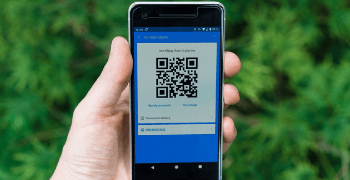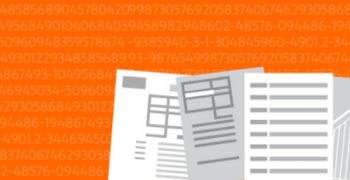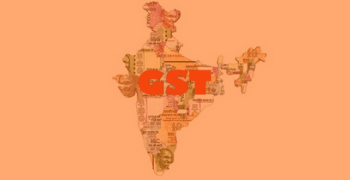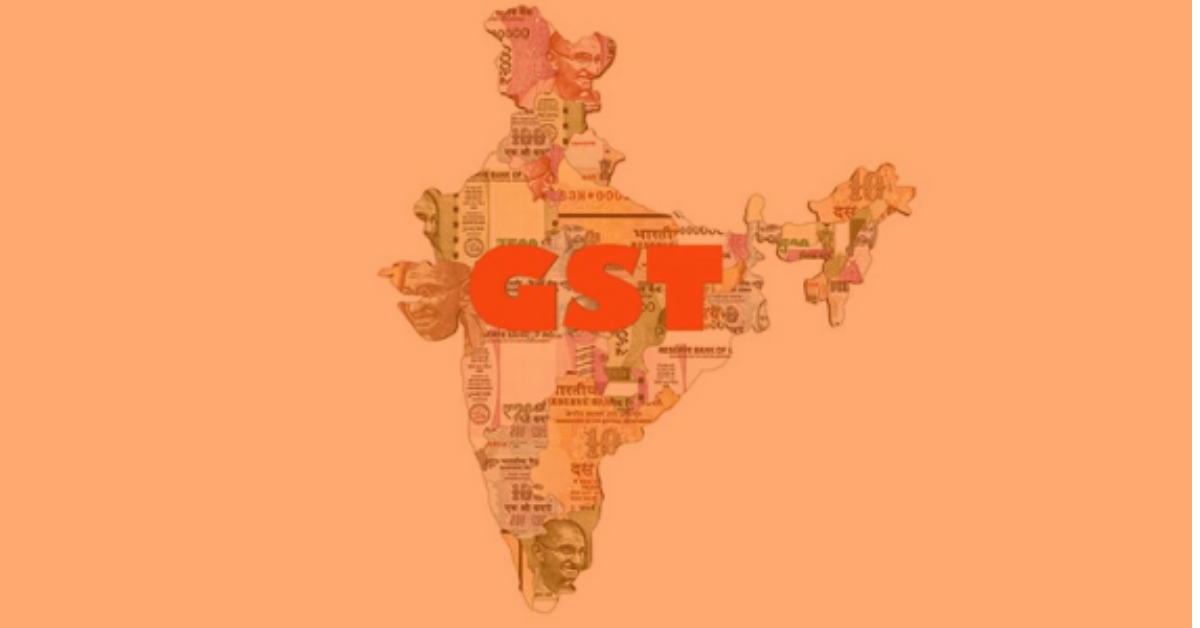
Welcome to the Avalara blog. Browse featured stories and the latest posts on a variety of tax topics. You can also search for articles about a specific topic, region, or industry.

Welcome to the Avalara blog. Browse featured stories and the latest posts on a variety of tax topics. You can also search for articles about a specific topic, region, or industry.
Featured products
United States sales tax compliance
Register your business, calculate sales, and use tax in real-time for your shopping cart or invoicing system & file returns in the US.
Cross-border sales tax compliance
Calculate customs duties and import taxes at the point of sale, and assign accurate HS codes.
VAT (Value Added Tax) Compliance
Simplify the process of filing indirect tax returns in multiple countries.
Electronic Invoicing (E-Invoicing) under GST
Multiple format support for e-invoice generation with seamless data upload by automating your GST compliance tasks.
Featured products
United States sales tax compliance
Register your business, calculate sales, and use tax in real-time for your shopping cart or invoicing system & file returns in the US.
Cross-border sales tax compliance
Calculate customs duties and import taxes at the point of sale, and assign accurate HS codes.
VAT (Value Added Tax) Compliance
Simplify the process of filing indirect tax returns in multiple countries.
Electronic Invoicing (E-Invoicing) under GST
Multiple format support for e-invoice generation with seamless data upload by automating your GST compliance tasks.
Prepare your business for e-invoicing under GST
Discover how to meet all compliance requirements while integrating e-invoicing into your tax function.







































































































































